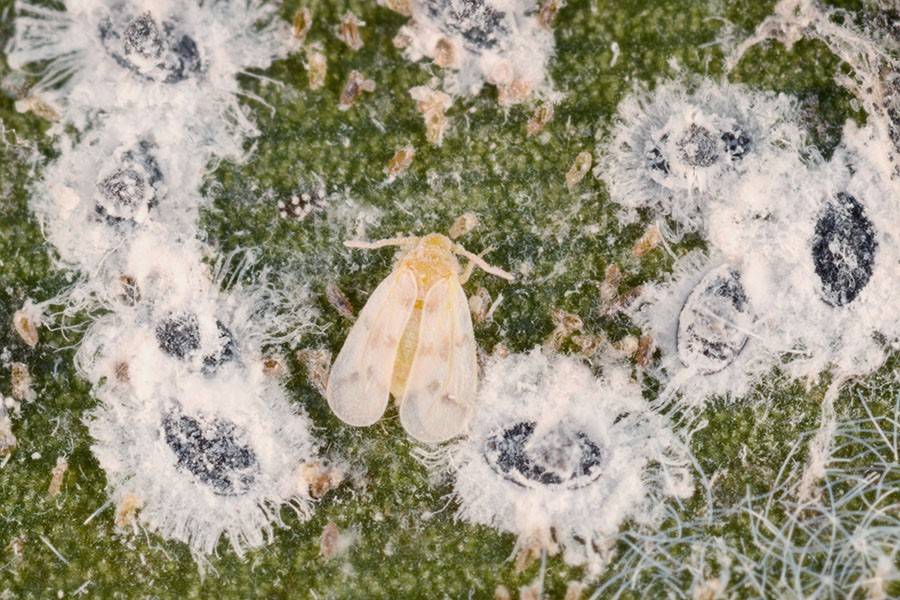
Whitefly is a common pest that can cause significant damage to coconut crops. These small, winged insects feed on the sap of coconut leaves, causing yellowing, wilting, and stunted growth.
In severe infestations, the coconut crop can suffer a significant reduction in yield, and the quality of the fruit can also be affected. Effective management strategies include regular monitoring, cultural practices, and the use of insecticides.
The integrated method consists of six strategies, beginning with the placement of two light traps per acre during the night hours. "The light traps recommended from 7 p.m. to 11 p.m. will attract all flying adults," Rajamanickam, Member, Coconut Development Board, and Adjunct Professor, TNAU, said.
The second technique was to hang a yellow sticky trap six feet above the ground to attract adult flies during the day. The following technique is to release encarsia parasitoit on the leaves that contain the nymphs.
The parasite will prevent the whitefly from depositing eggs on the surface using this biological control strategy. The fourth technique is similar in that 400 predator eggs are released per acre.
The final method is to sprinkle sooty mould with maida flour at a rate of 250 grammes per 10 litres of water to remove photosynthetic suppression. The third way is to forcefully spray water onto the ventral surface of the leaf to wash off the eggs, nymphs, pupae, and adult flies.
Through the coordination of these tactics, the intervention capsule for whitefly pest management in coconut crop was effectively tested. According to him, the emphasis was on farmers working together to implement all six ways.
















